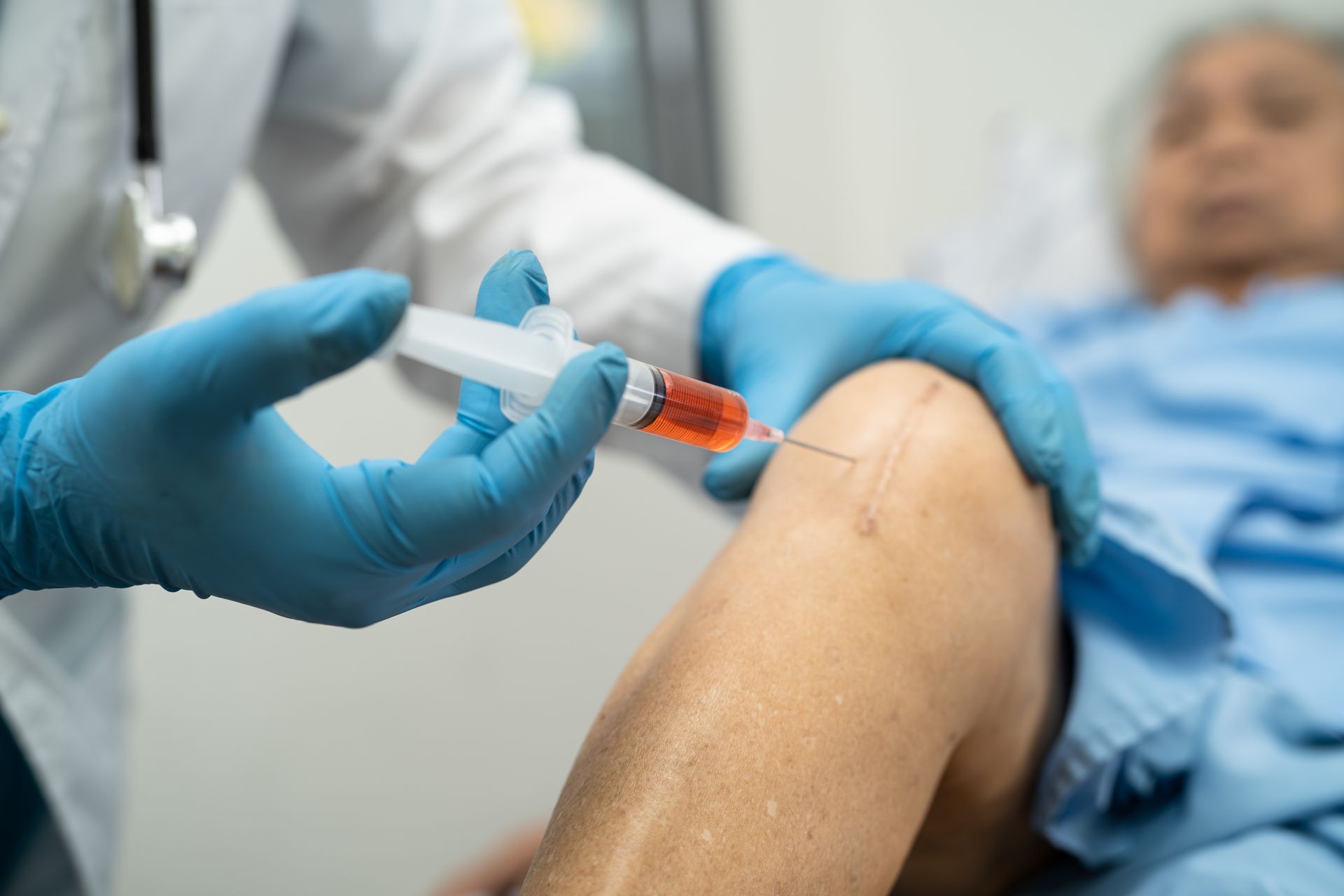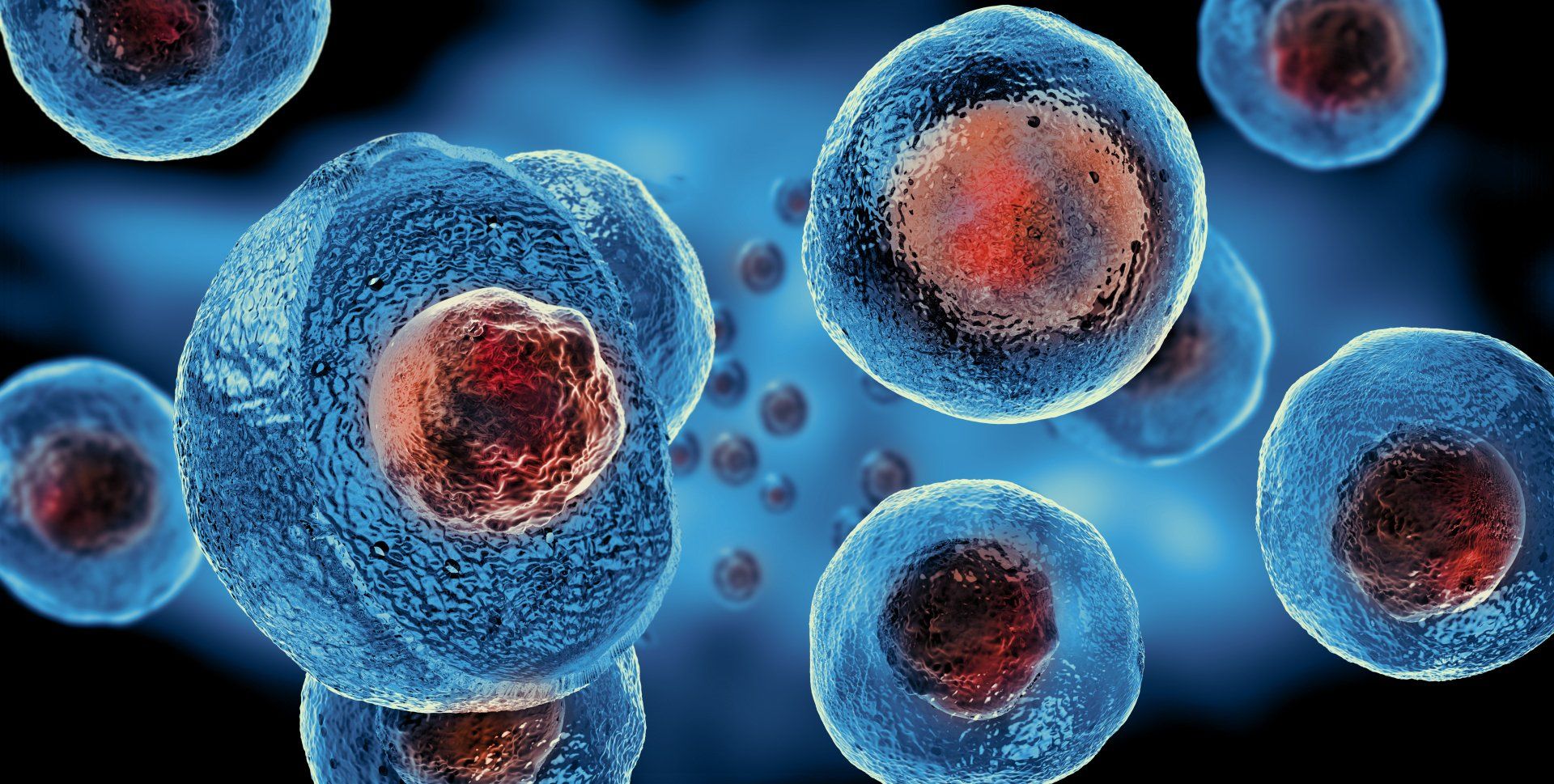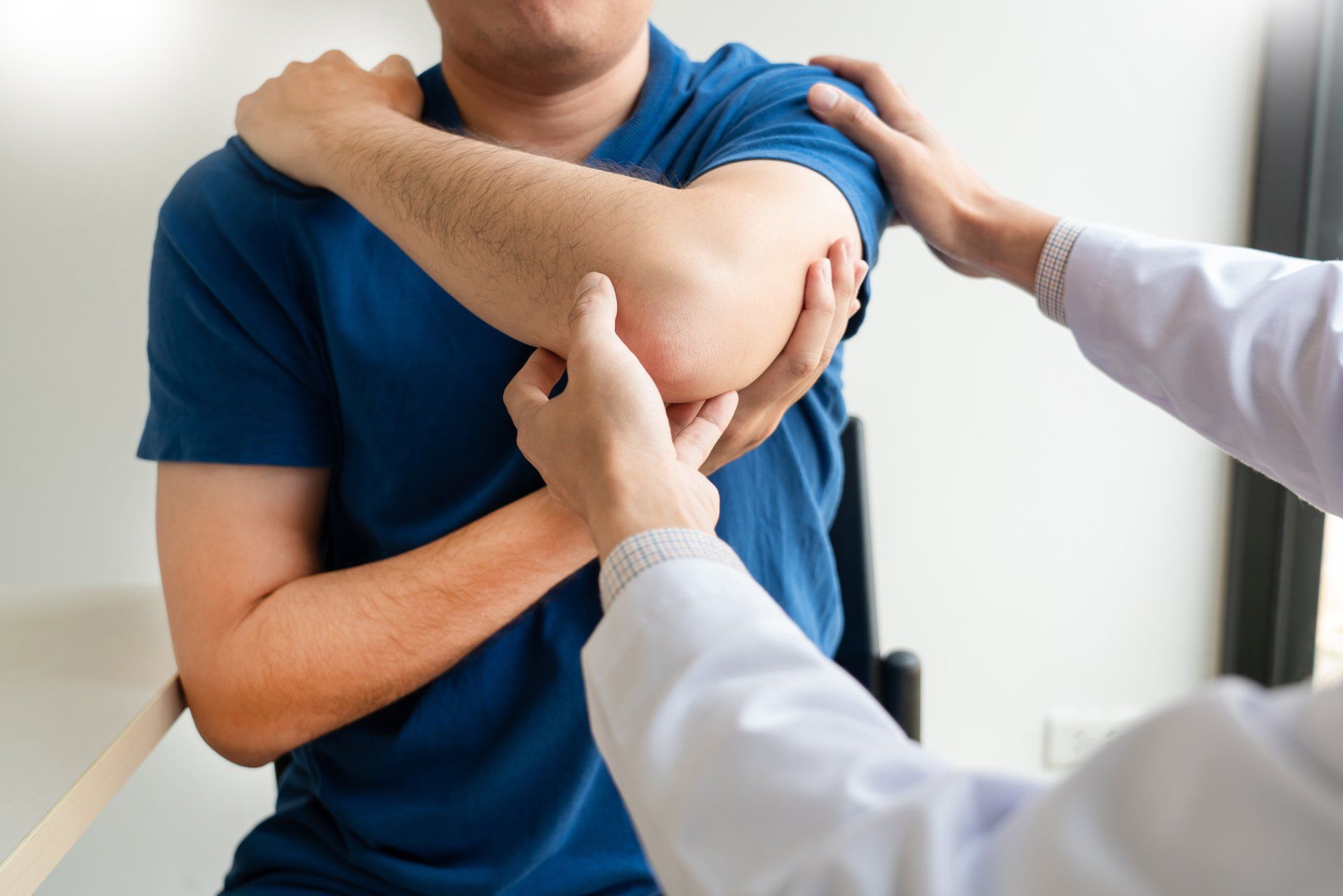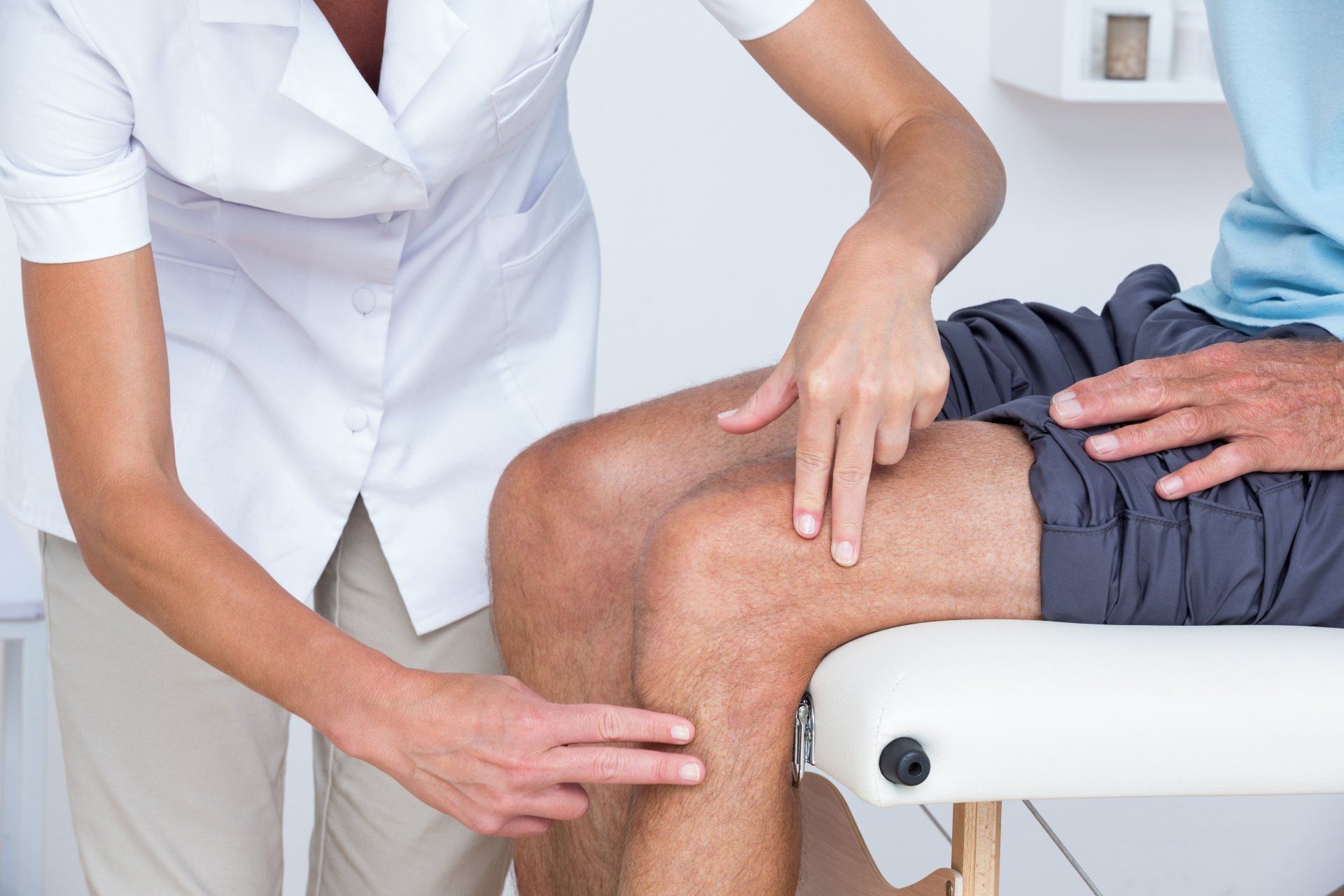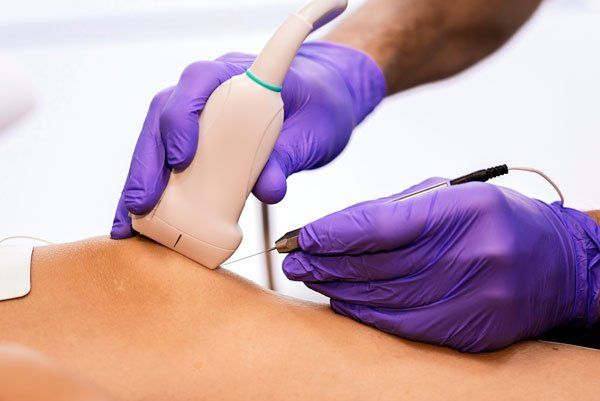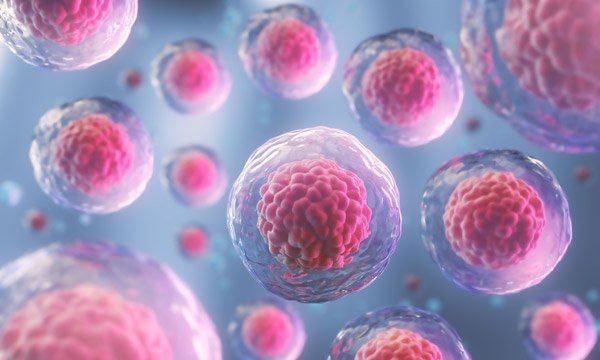Breaking Down the Science Behind Stem Cell Treatments for Joint Pain
How do these special cells work?
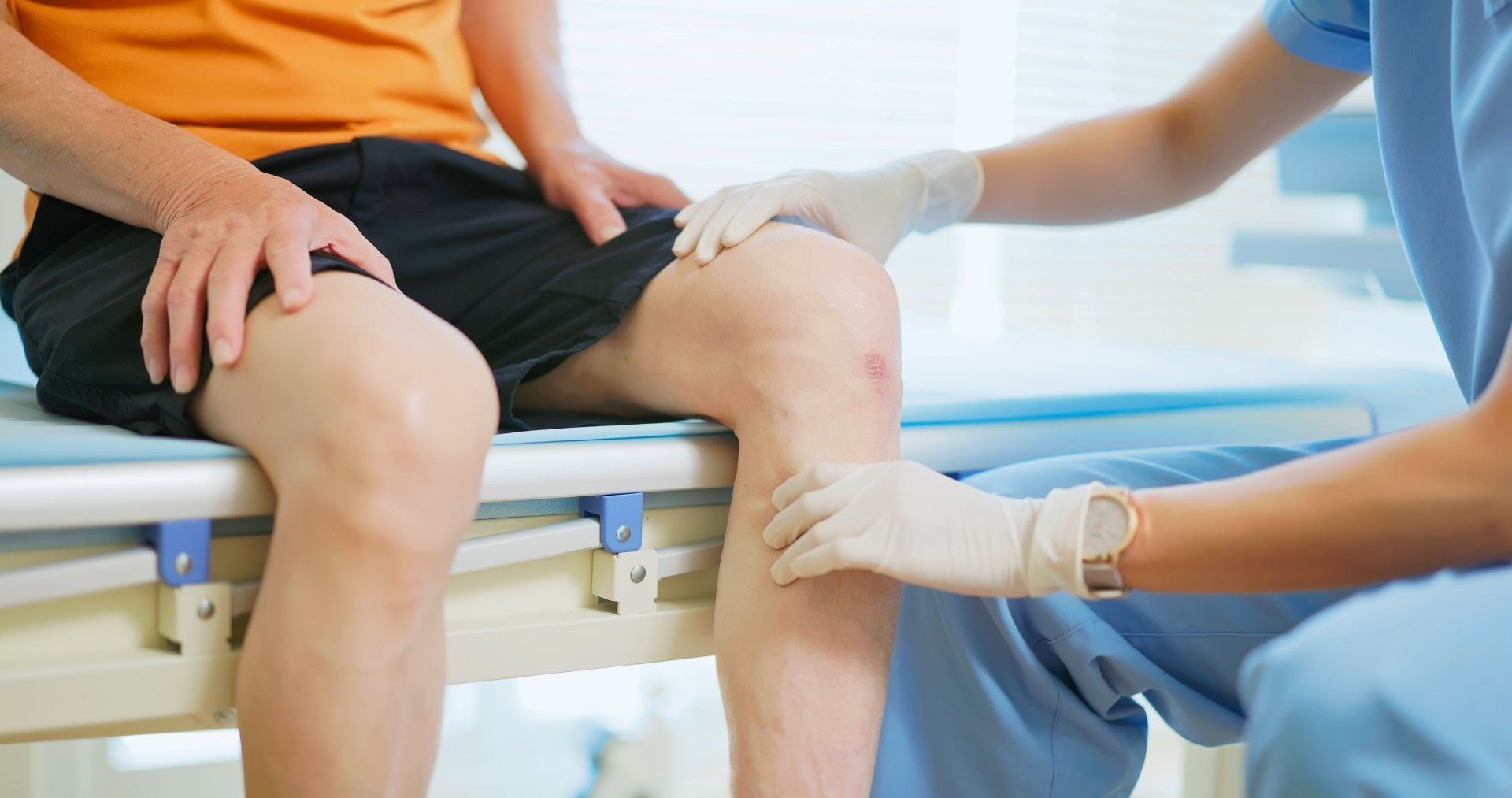
Are you tired of suffering from joint pain that limits your mobility and quality of life? These treatments have become a hot topic in recent years as a possible solution for those seeking relief. But what exactly are stem cells, and how do they work to alleviate joint pain? In this blog post, what we would like to do is help you understand the science behind these treatments for joint pain, exploring their potential benefits and limitations. Get ready to discover how these innovative therapies could help you regain your freedom of movement!
What are Stem Cells?
These are vital cells that help the body restore damaged tissue, help to differentiate into other types of tissues and can self-renew to produce more cells. In the context of joint pain, they can be used to alleviate pain by restoring tissue to optimize function.
The two types of stem cells in the human body are embryonic and adult. Embryonic stem cells come from human embryos with the ability to differentiate into any type of cell in the body. Conversely, the adult type are found in many tissues throughout the body and can only differentiate into specific types of cells.
The use of these cells for joint pain is a relatively new treatment option, but it has shown superior results in a vast amount of clinical trials. Many studies showed that patients who received these cell-based injections into their knees had a significant reduction in pain and improved function compared to those who did not receive the injection. The same has been shown for shoulder pain and rotator cuff tendonitis, lower back pain and degenerative disc disease, and most all joint arthritis conditions.
How Does Stem Cell Treatment Work for Joint Pain?
There are a few different types of treatments that are effective for joint pain. The most common type is autologous therapy, which uses the patient's own cells. This is usually done by taking a sample of bone marrow from the hip, concentrating the important components and then injecting them into the affected joint.
Another type of cell-based treatment is allogeneic, which uses these cells from a donor. This is often used when the patient does not have enough healthy stem cells to use for autologous therapy. Allogeneic therapy can be done by either injecting the donor cells directly into your affected joint or by intravenously infusing the cells. Whichever type of therapy is used, the goal is to allow the new cells to replace the damaged ones and help repair tissues in your joints or tendons.
What Are The Benefits of These Treatments for Joint Pain?
There are numerous benefits of stem cell treatments for joint pain. One of the most promising benefits is the ability to heal damaged tissue. This regeneration can help to repair and improve the function of joints that have been damaged by arthritis or other conditions. Additionally, they can help to reduce inflammation and pain in your joints caused by inflammation. We do this by producing substances that help to modulate the immune system and reprogram cell function. Finally, these treatments have been shown to restore function while improving mobility for patients who progressively get worse.
Risks and Side Effects of These Treatments for Joint Pain
The risks and side effects for stem cell and orthobiologic treatment is surprisingly safe. All the below complications are rare other than the post procedure pain and tenderness.
-Infection
-Tissue damage
-Nerve damage
-Blood clots
-Stroke
-Heart attack
-Cancer
-Post procedure pain and tenderness
As these side effects do exist, when done by a skilled physician, the occurrence is very low.
How to Find a Qualified Regenerative Medicine Provider?
When looking for a qualified provider for treatment, it's essential to look for a few key things. First, you need to make sure the physician has experience with practicing in this area. This includes how many years of treating patients with regenerative medicine and consistent attendance at academic conferences to stay up to date.
Second, be sure to ask about the provider's use of radiologic imaging to provide accurate injections and transplantation of orthobiologics. This includes fluoroscopy and ultrasound guidance. The gold standard is to be able to visualize exactly where the needle goes in order to accurately place the stems cell, PRP and orthobiologics.
Third, ask about the success rates of the provider's previous patients. Finally, reading the existing reviews will provide a good estimate on the skill of the physician and how they interact with patients on a day-to-day basis.
Conclusion
Regenerative medicine treatments for joint pain can provide a viable, long-term solution to the chronic and debilitating condition. By understanding the science behind cell-based therapy and how they interact with our body's natural healing process, we can begin to appreciate just how powerful and effective these treatments are. We hope this article has provided some clarity on the topic of stem cell treatments for joint pain so that you feel confident in making an informed decision about what type of treatment is right for you.
At Spectrum Stem Cell & Regenerative Medicine Center our goal is to always educate the patient first so they can better understand the treatment process. At your initial consultation, the physician will sit down with you and answer every important question so you are prepared to take the next important step toward the recovery process. Please call a patient care coordinator at 262-202-8312 to start the process!
References:
Centeno, C.J., Al-Sayegh, H., Freeman, M.D. et al. A multi-center analysis of adverse events among two thousand, three hundred and seventy two adult patients undergoing adult autologous stem cell therapy for orthopaedic conditions. International Orthopaedics (SICOT) 40, 1755–1765 (2016). https://doi.org/10.1007/s00264-016-3162-y
Liu, Y., Wu, J., Zhu, Y. et al. Therapeutic application of mesenchymal stem cells in bone and joint diseases. Clin Exp Med 14, 13–24 (2014). https://doi.org/10.1007/s10238-012-0218-1

